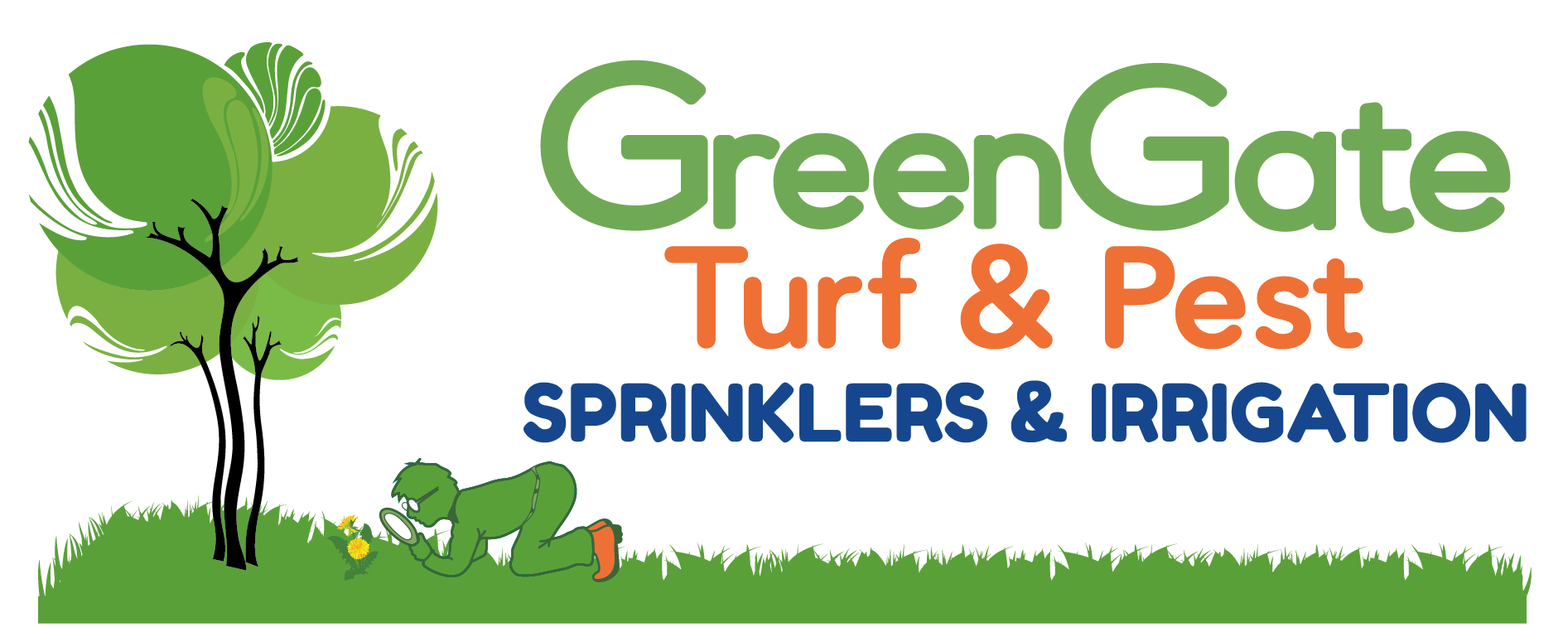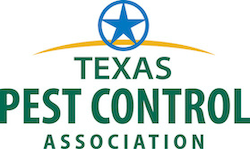Hornets
- Hornets (insects in the genus Vespa) are the largest of the eusocial wasps, and are similar in appearance to their close relatives yellowjackets.
- Some species can reach up to 5.5 cm (2.2 in) in length. They are distinguished from other vespine wasps by the relatively large top margin of the head.
- Each nest has one queen, which lays eggs and is attended by workers that, while genetically female, cannot lay fertile eggs. Most species make exposed nests in trees and shrubs, but some (such as Vespa orientalis) build their nests underground or in other cavities.
- Hornet stings are more painful to humans than typical wasp stings because hornet venom contains a large amount (5%) of acetylcholine. Individual hornets can sting repeatedly. Unlike honey bees, hornets do not die after stinging. Their stingers are very finely barbed and can easily be withdrawn.
- Multiple stings by hornets may be fatal due to highly toxic species-specific components of their venom.
- If a hornet is killed near a nest, it may release pheromones that can cause other hornets to attack. Materials that come into contact with these pheromones, certain food flavorings, and fragrances that contain C5 alcohols and C10 esters can also cause attacks.
- As the colony size grows, new combs are added, and an envelope is built around the cell layers until the nest is entirely covered, with the exception of an entry hole. It is believed they use gravity to build cells in total darkness.
- Once the cell is built, the queen starts producing the first reproductive individuals. Fertilized eggs develop into females and unfertilized ones develop into males.
- Adult males do not participate in nest maintenance, foraging, or caretaking of the larvae. In early to mid-autumn, they leave the nest and mate during “nuptial flights“.
References
Wikipedia contributors. “Hornet.” Wikipedia, The Free Encyclopedia. Wikipedia, The Free Encyclopedia, 7 Sep. 2022. Web. 28 Sep. 2022.






